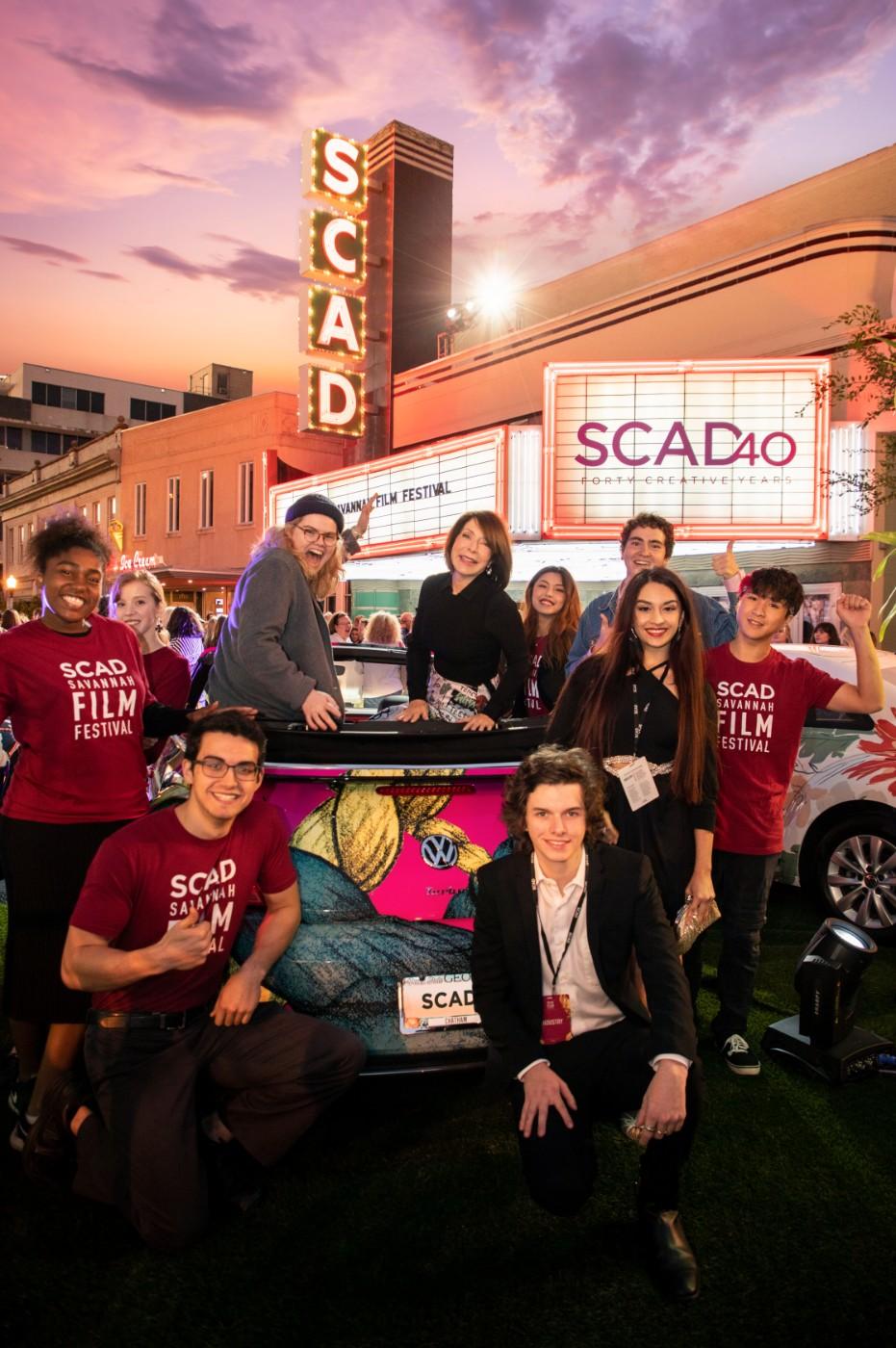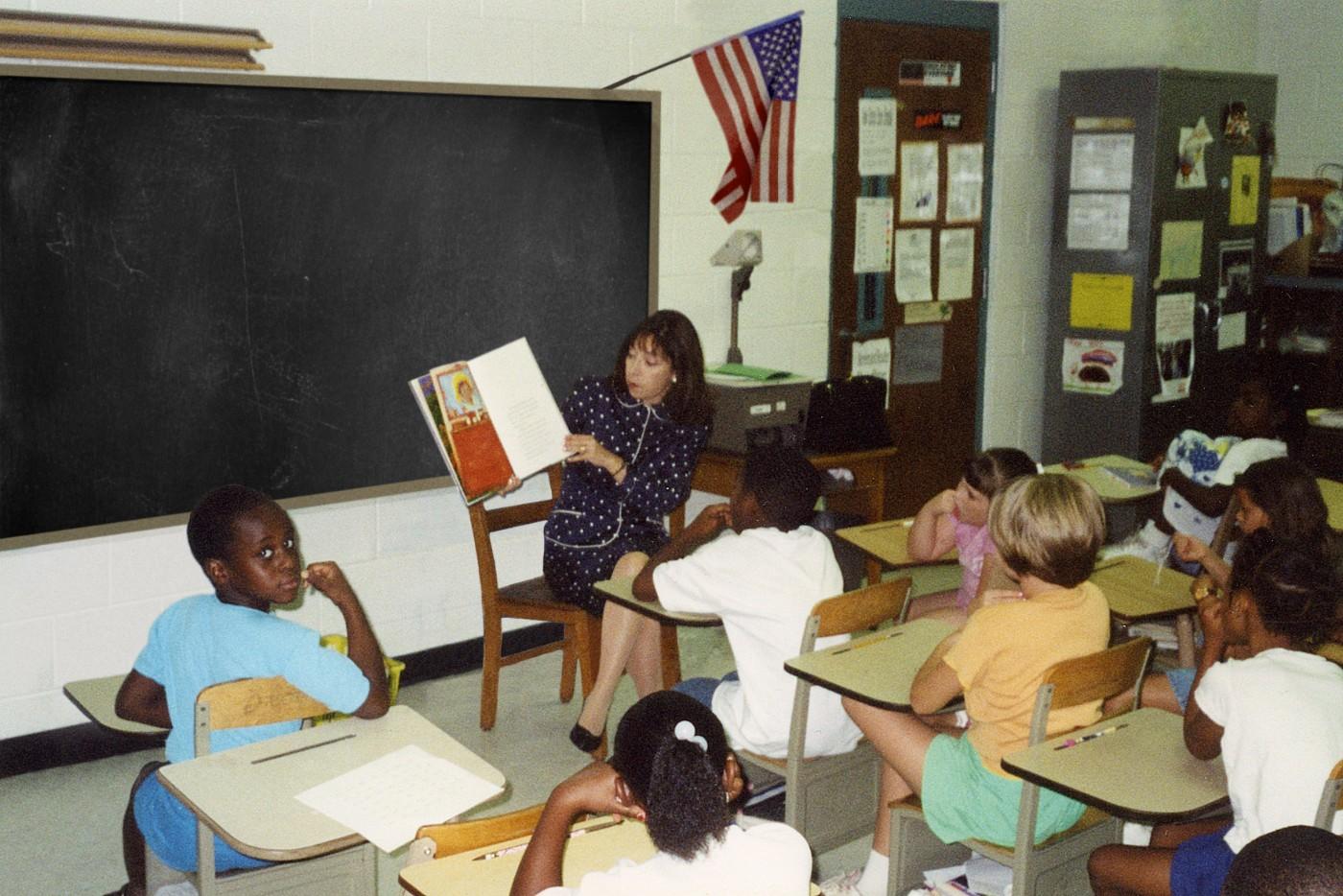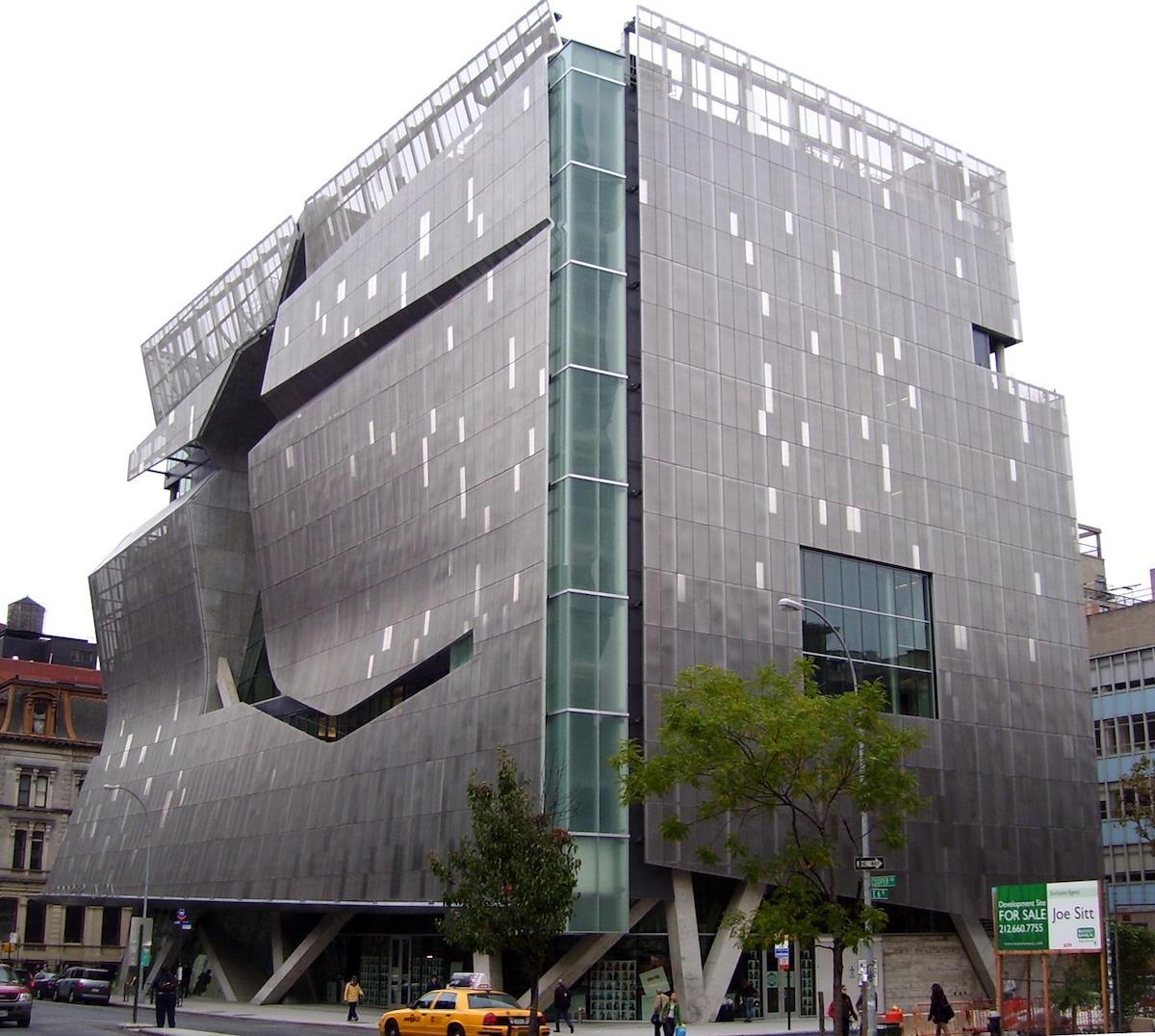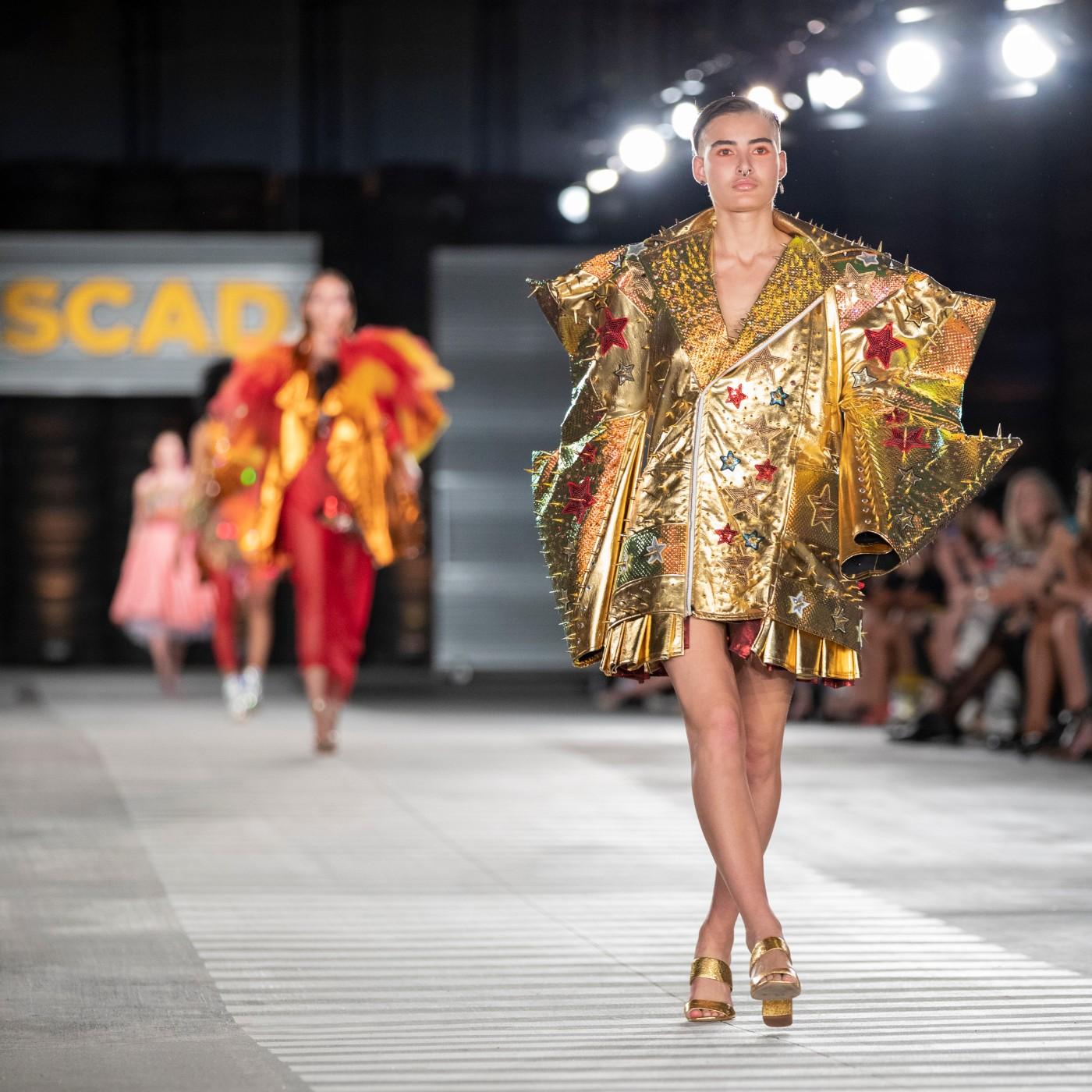Megan D Robinson: You started your career as an elementary school teacher. Why did you decide to branch out into higher education and start a university for art and design back in 1978?
Paula Wallace: When I taught elementary school, my students performed original musicals, made films, and built circuses. We even went on rogue field trips to see the King Tut exhibit seven hours away! As each class progressed, my students thrived and, of course, had fun. I infused art and creativity into everything I taught, and I watched as art and design became a vehicle for teaching practically every subject.
I encouraged my colleagues and school leaders to craft similar approaches, but schools are cumbersome, hard to change. Knowing that, and seeing that I had an opportunity to revolutionize education for others, I created SCAD. There was nothing like it in higher education. Nobody believed art and careers could go hand in hand! My hope was that SCAD would prepare young artists, designers, and thinkers to change the world and foster innovation everywhere they went. And that is exactly what's happening today. Through ventures like our design consultancy, SCADpro, tomorrow's designers are creating next-gen products that improve people's lives today. Students are collaborating with industry leaders from Google, Disney, NASA, Delta, and dozens more. And they're getting hired on the spot!
MDR: All of the SCAD locations are centered around beautiful, historically significant architecture. Why has preserving these buildings been a priority for the school? What challenges have there been repurposing them for educational use?
PW: Old buildings teach students regard for creators who came before. Learners experience within six planes the concept of creating work of quality, work of value, work that endures.
One of SCAD's first majors was historic preservation (now known as preservation design), and our emphasis on preservation and rehabilitation originated with our first location in Savannah—the old Savannah Volunteer Guard Amory. Students from every discipline are delighted to learn in a place where every detail is an inspiration to create. The built environment that fosters learning has been a priority from the day we began. The old armory—now Poetter Hall and home to our immersive 4D museum, SCADstory— s a testament to our investment in student learning.
We have always fashioned more progressive, more sustainable types of historic rehabilitation—known as "adaptive reuse"—in which we repurpose a historic property, honor its character, and enhance it for contemporary functionality. The challenge (or the fun part) is to retain the most distinctive ornamental elements and the durable bones of the building while reshaping the interior with surprising art and human-centered design. After over 40 years and more than 100 buildings, SCAD knows how to marry old and new.





























